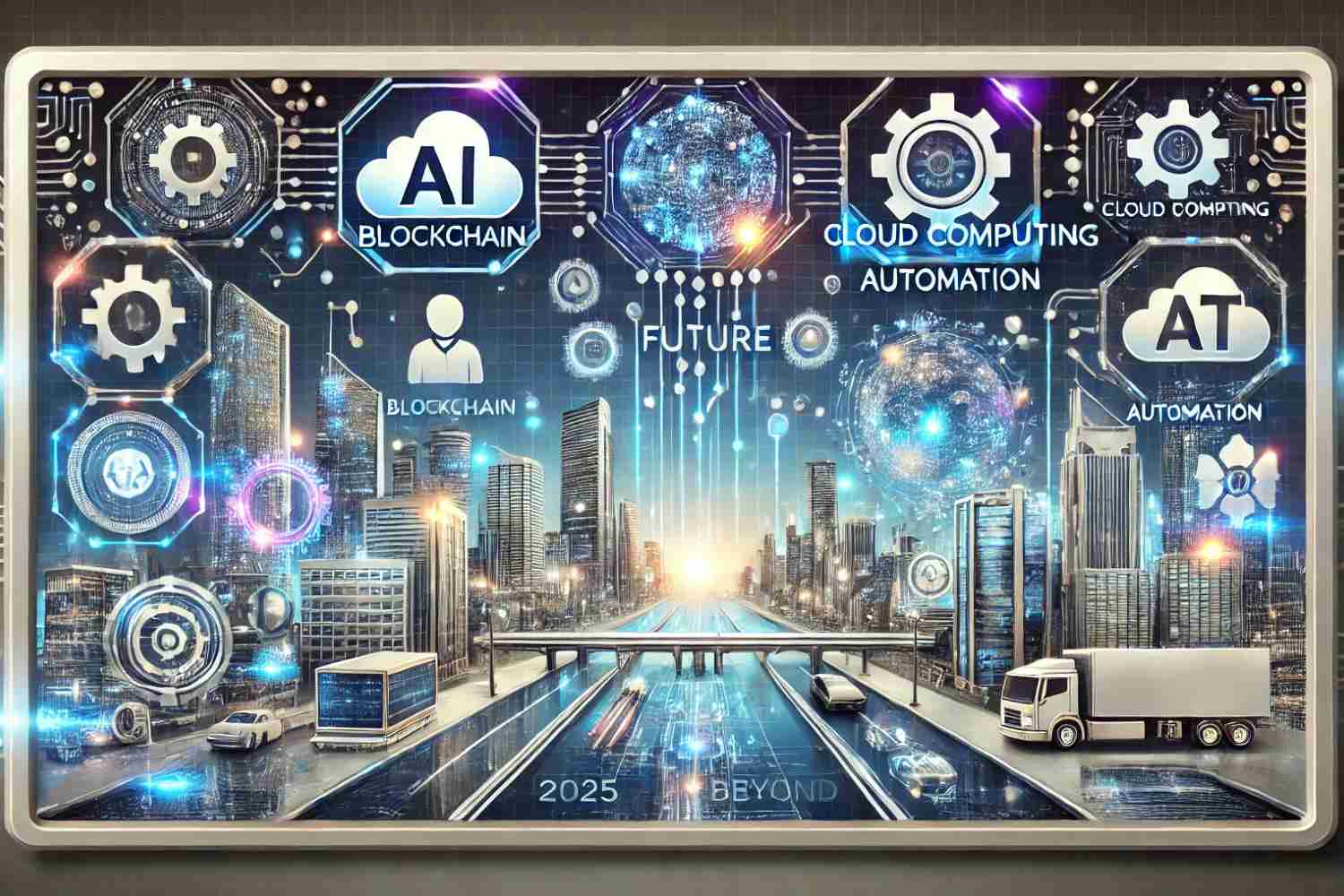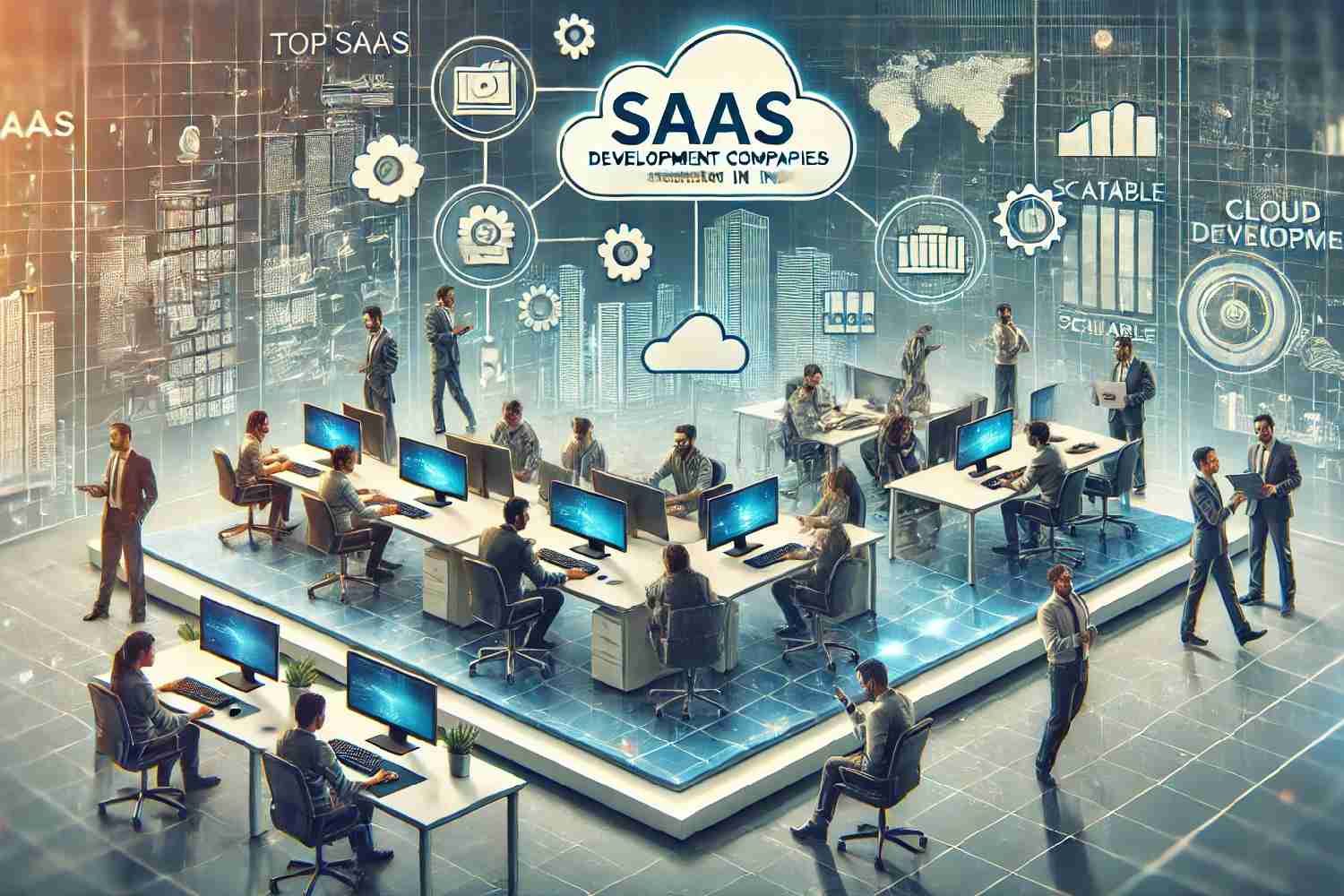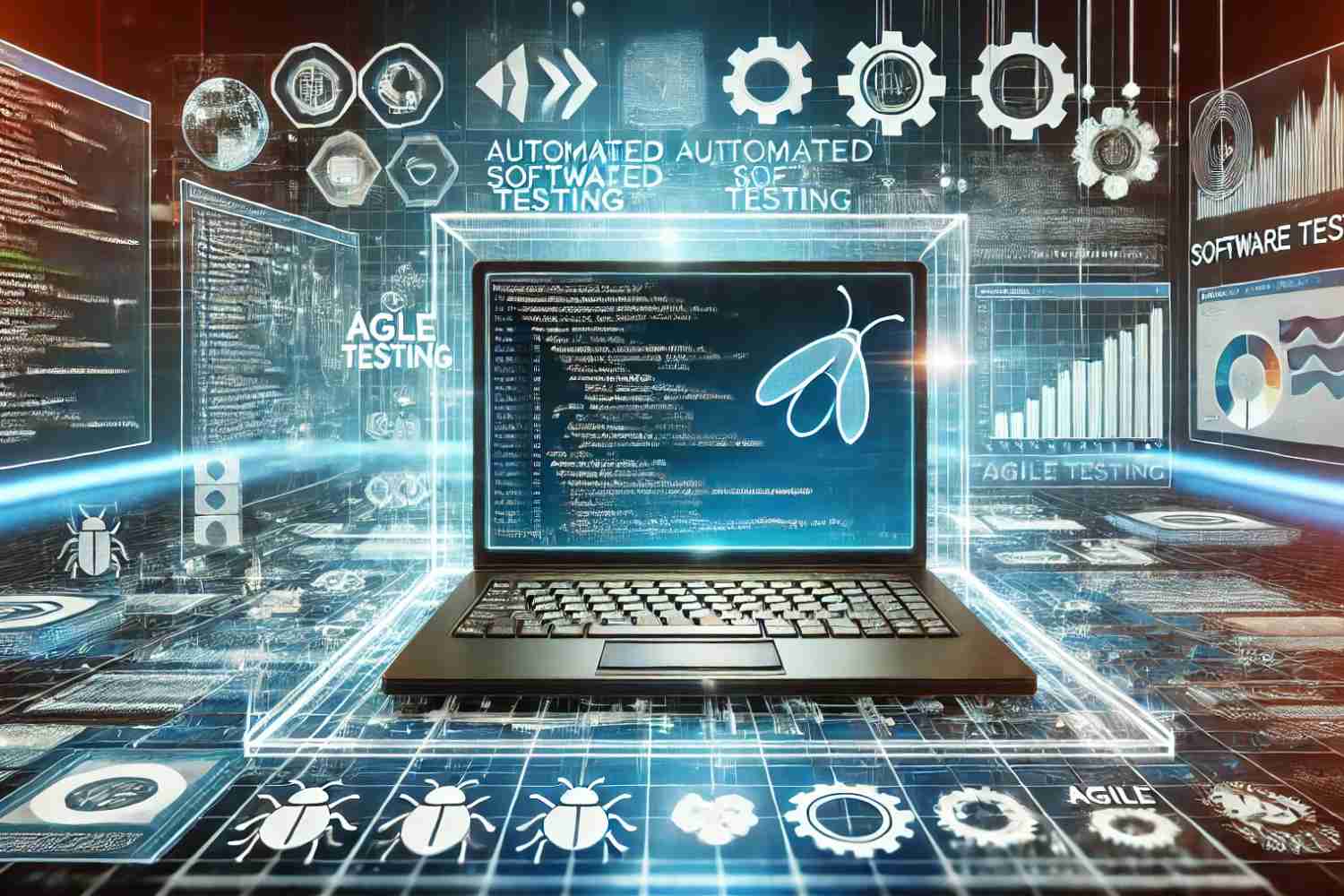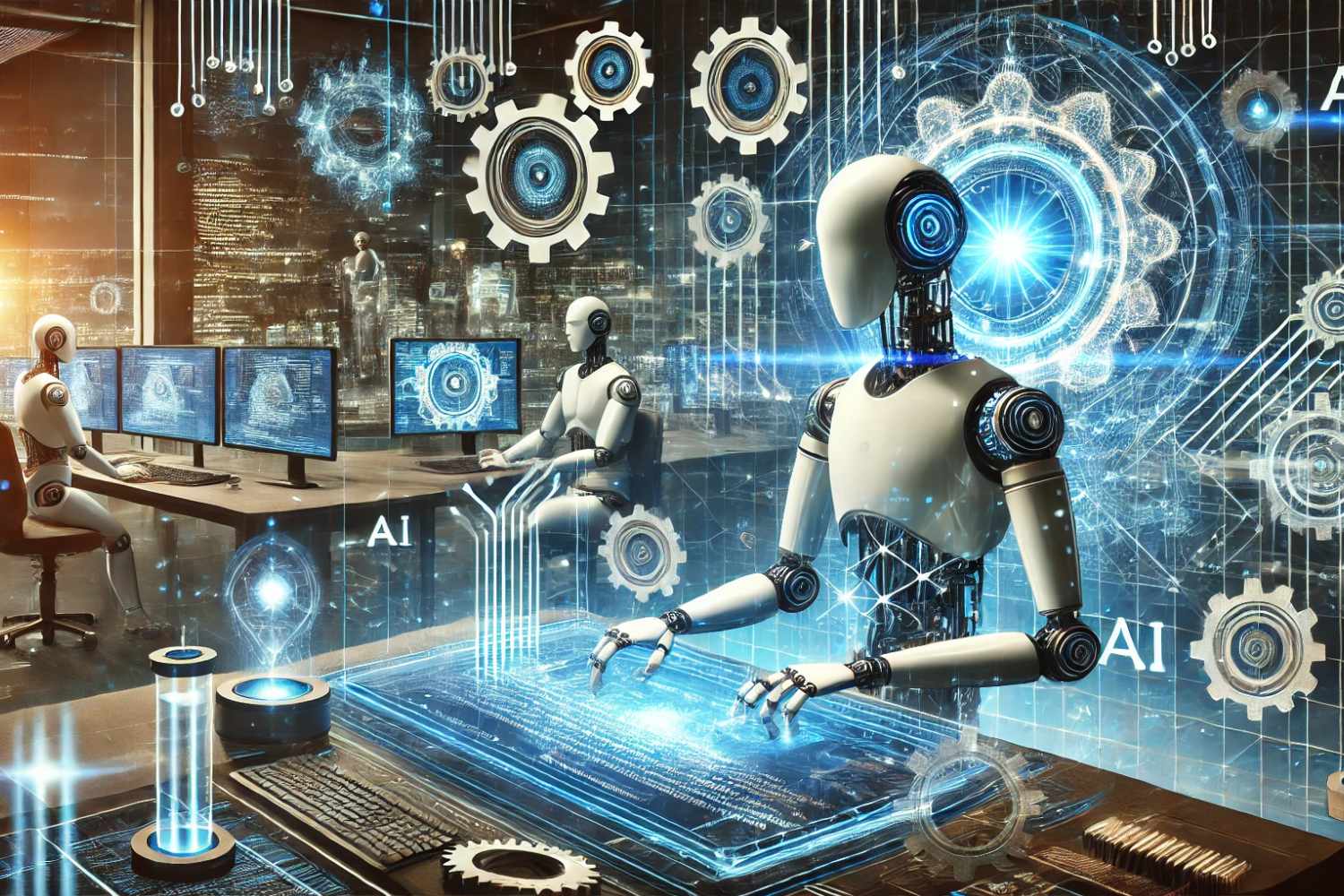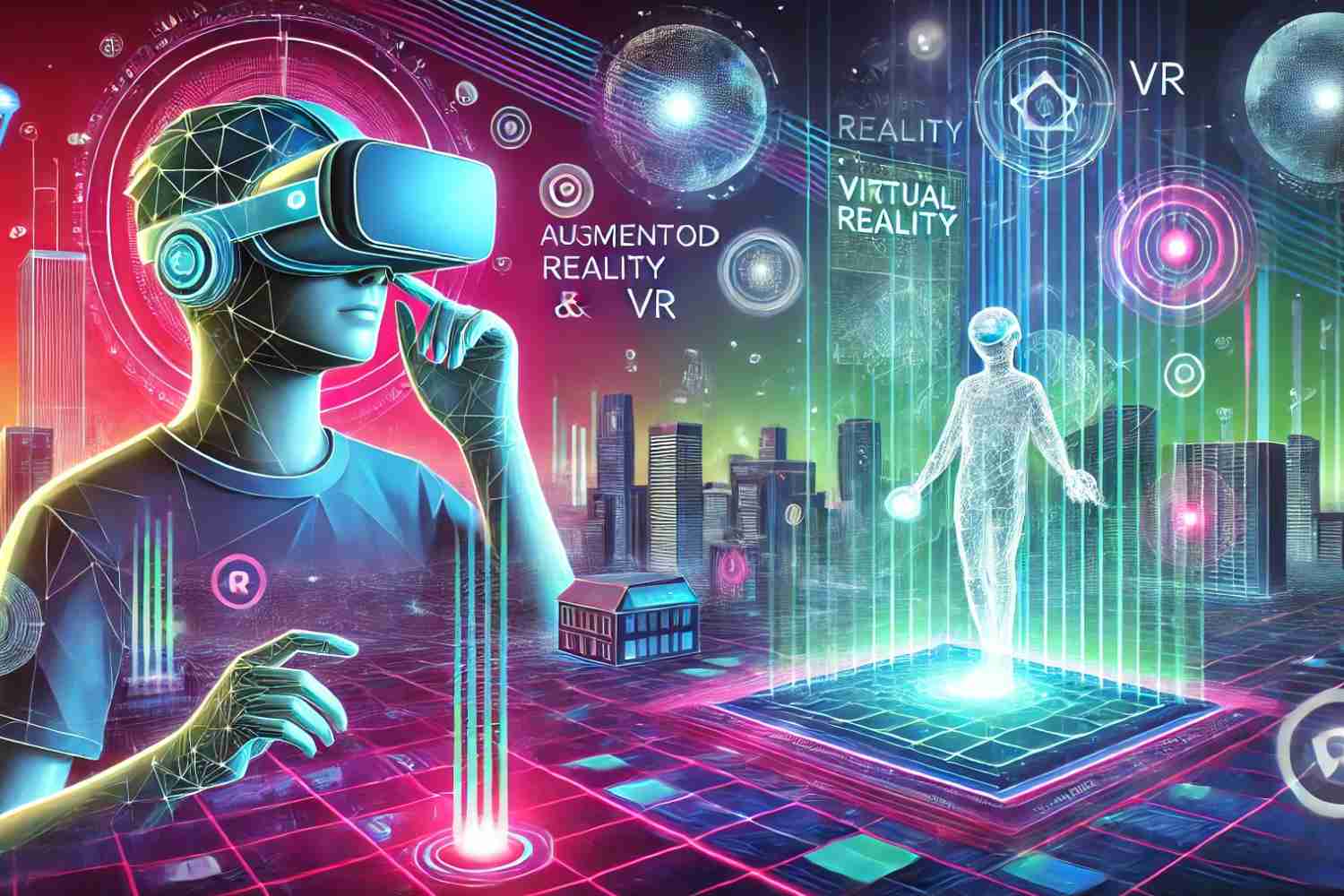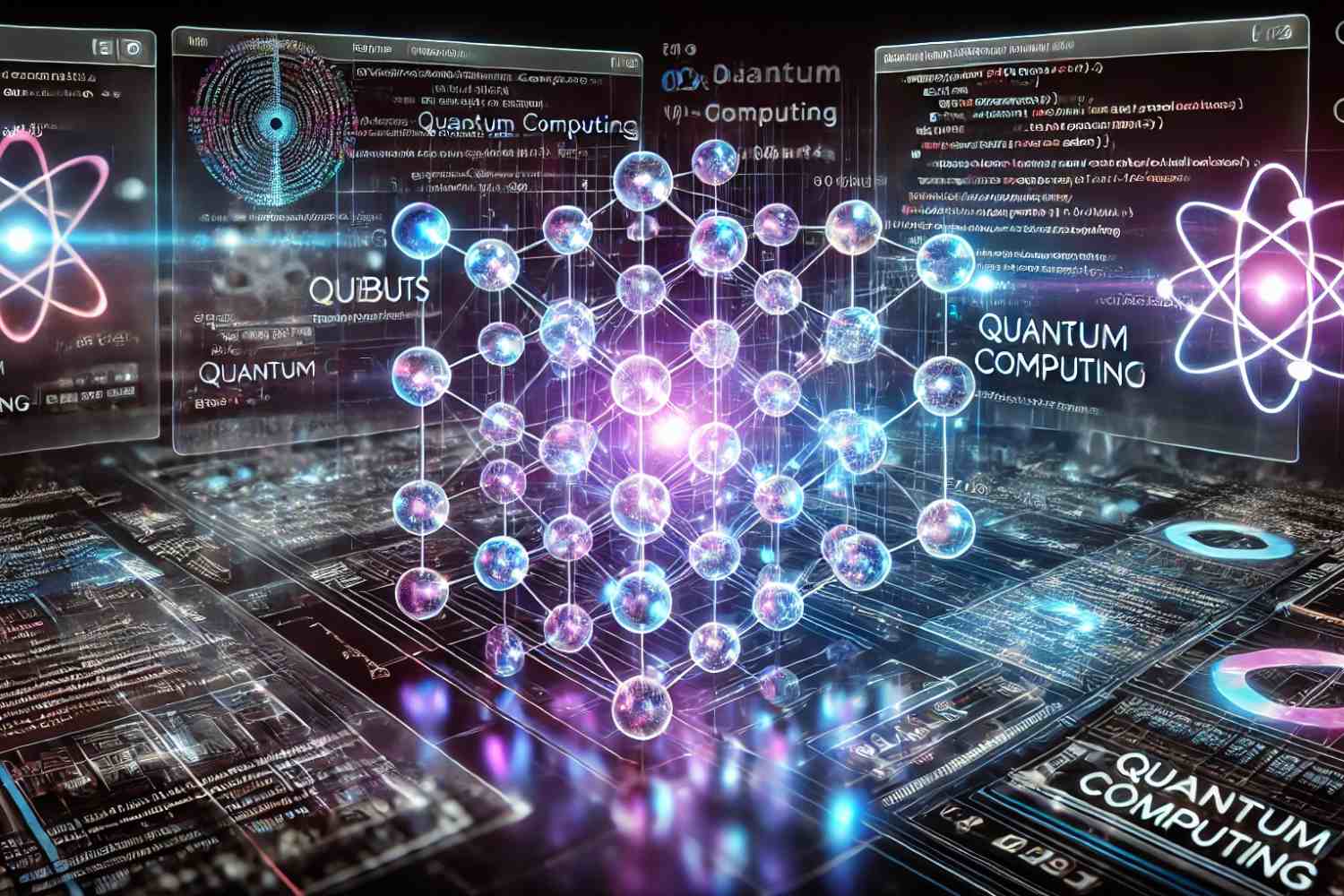The world of IT development is in constant flux, with emerging technologies and shifting paradigms shaping the future of how software is created, deployed, and maintained. As we approach 2025, it’s clear that the rapid advancements in technology will have a profound impact on the IT industry. From artificial intelligence (AI) to blockchain, the next few years will witness incredible innovations that will revolutionize the way businesses and developers approach IT solutions.
In this blog post, we explore the top IT development trends to watch for in 2025 and beyond, highlighting the most exciting innovations that will shape the future of technology and business operations.
1. Artificial Intelligence (AI) and Machine Learning (ML) Integration
AI and ML are already reshaping IT development, but their role in the industry will continue to grow exponentially in the coming years. By 2025, AI and ML will become even more ingrained in the development lifecycle, driving automation, improving decision-making, and personalizing user experiences.
Key Areas of Impact:
- Automated Coding and Testing: Tools like GitHub Copilot and Kite are already assisting developers by suggesting code snippets. In the future, these tools will become even smarter, potentially automating entire segments of the coding process.
- Predictive Analytics and Decision Making: AI-driven analytics will provide developers with insights based on data trends, helping predict system behaviors, identify bugs, and optimize software performance.
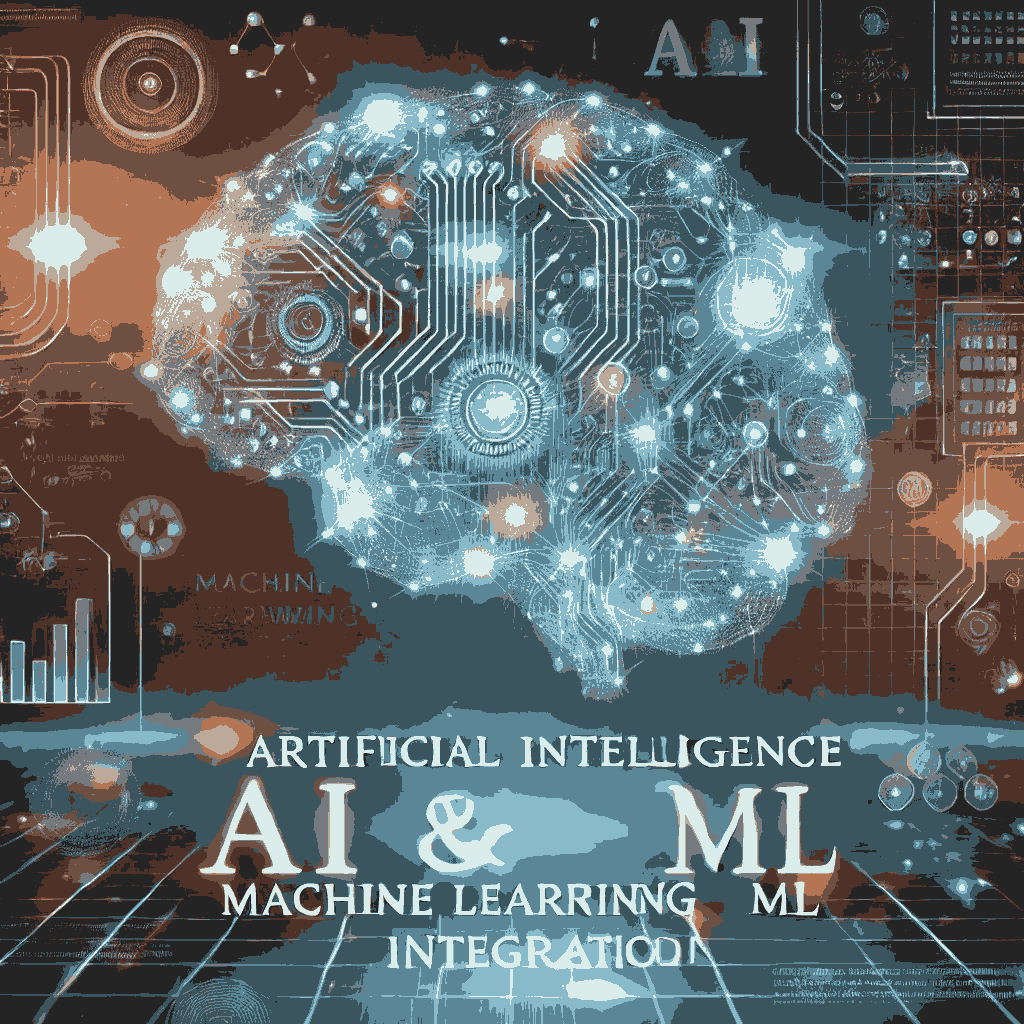
Example:
Companies like OpenAI are pushing boundaries by creating advanced AI models that can generate human-like text, write code, and analyze data. As these tools evolve, they will further reduce development cycles and enhance productivity.
2. Cloud-Native Development and Microservices
Cloud-native development and microservices architectures are gaining significant traction, and by 2025, these approaches will be the foundation of most modern IT applications. Cloud-native development enables organizations to build scalable, resilient, and flexible applications by leveraging cloud infrastructure.
Key Areas of Impact:
- Microservices: This architectural approach breaks down applications into small, independent services that can be deployed and scaled separately. Microservices offer greater flexibility, faster deployment, and improved fault isolation.
- Serverless Computing: Serverless frameworks allow developers to focus on writing code without managing the underlying infrastructure, improving efficiency and reducing operational costs.
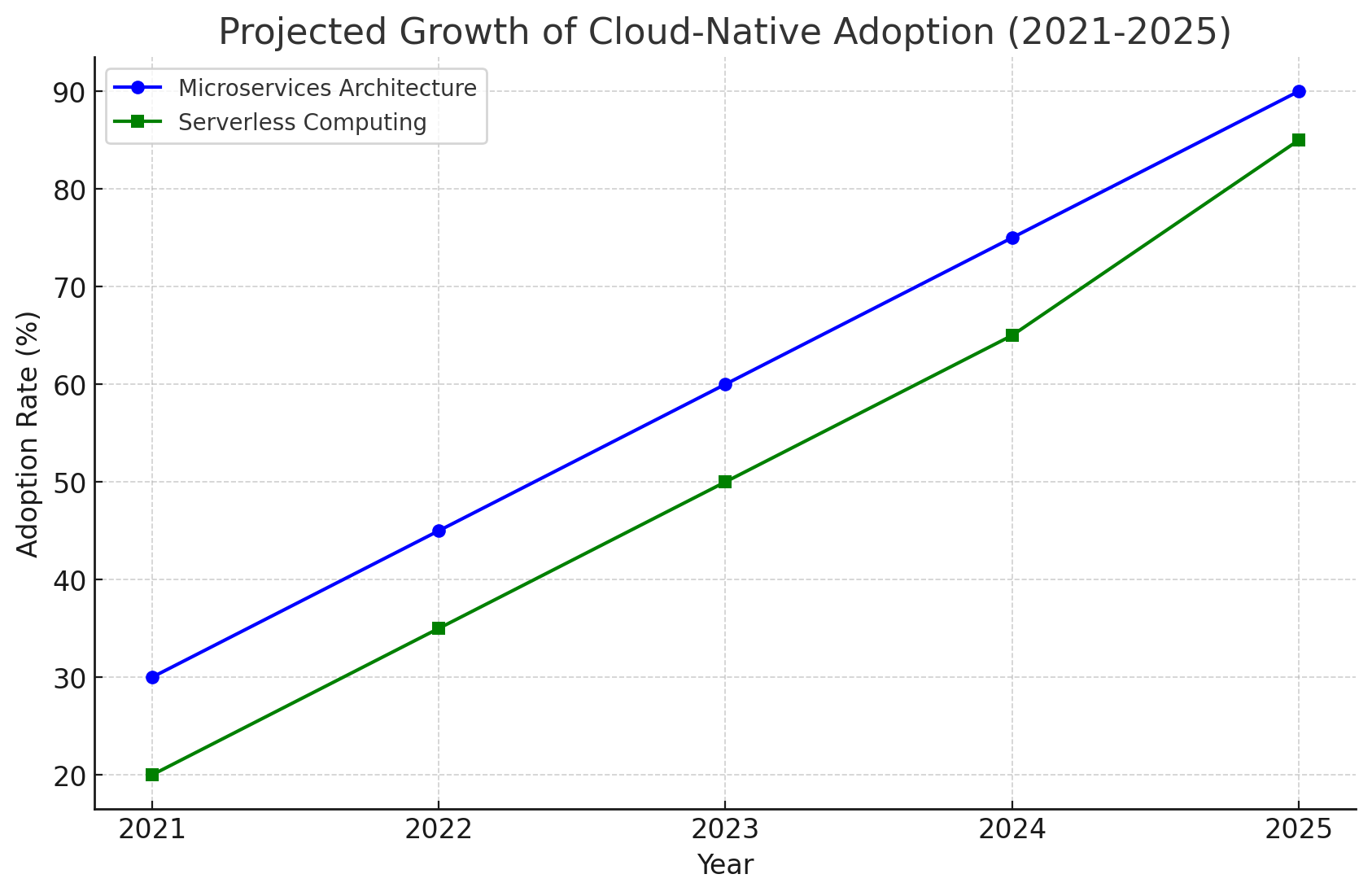
| Year | Microservices Adoption (%) | Serverless Computing Adoption (%) |
|---|---|---|
| 2021 | 40 | 30 |
| 2022 | 50 | 40 |
| 2023 | 65 | 55 |
| 2024 | 75 | 70 |
| 2025 | 85 | 80 |
Case Study: Spotify
Spotify adopted a microservices-based architecture to scale its music streaming platform. By transitioning from a monolithic system to microservices, Spotify has been able to increase deployment speed and maintain flexibility as their user base grows. This shift is a clear example of how cloud-native development can enable companies to stay agile and scale efficiently.
3. Blockchain Beyond Cryptocurrencies
While blockchain is commonly associated with cryptocurrencies, its potential extends far beyond digital currencies. In 2025, we can expect blockchain to have a profound impact on various industries, including finance, supply chain management, healthcare, and more.
Key Areas of Impact:
- Decentralized Finance (DeFi): Blockchain technology will continue to revolutionize financial systems by offering decentralized alternatives to traditional banking and investment systems.
- Smart Contracts and Digital Identity: Blockchain-powered smart contracts can automate processes like contract execution, identity verification, and asset transfers, streamlining business operations.
Example:
IBM’s Food Trust blockchain enables real-time tracking of food products across the supply chain, helping ensure food safety and transparency. Blockchain’s potential for streamlining operations and ensuring data integrity will make it a critical tool in various sectors beyond cryptocurrency.
4. Quantum Computing and the Rise of Q-Tech
Quantum computing promises to unlock computational power far beyond the capabilities of traditional computing systems. While it’s still in its infancy, by 2025, quantum computing will make significant strides, particularly in industries such as pharmaceuticals, cryptography, and artificial intelligence.
Key Areas of Impact:
- Enhanced Problem-Solving: Quantum computers will be able to solve complex problems that traditional computers cannot, such as simulating molecular interactions for drug discovery or optimizing large-scale supply chains.
- Cryptography: Quantum computing will have a huge impact on cryptography, potentially breaking current encryption systems, but also offering the chance to create more secure encryption methods that are quantum-resistant.
Example:
Google has already achieved “quantum supremacy,” where a quantum computer solved a complex problem faster than any classical computer could. As quantum computing continues to advance, industries will need to adopt new methods to ensure security and capitalize on its capabilities.
5. Augmented Reality (AR) and Virtual Reality (VR) in Development
AR and VR have primarily been used in gaming and entertainment, but their applications in IT development will expand dramatically by 2025. Developers will increasingly rely on immersive technologies to create more interactive, intuitive, and engaging experiences for users.
Key Areas of Impact:
- Virtual Prototyping: Developers and product designers will use VR to create and test digital prototypes, allowing for faster design iterations and more effective collaboration.
- AR for Remote Work: As hybrid and remote work continue to grow, AR will play a significant role in enhancing remote collaboration. Imagine being able to attend a meeting in a virtual room or have digital data overlaid on real-world objects.
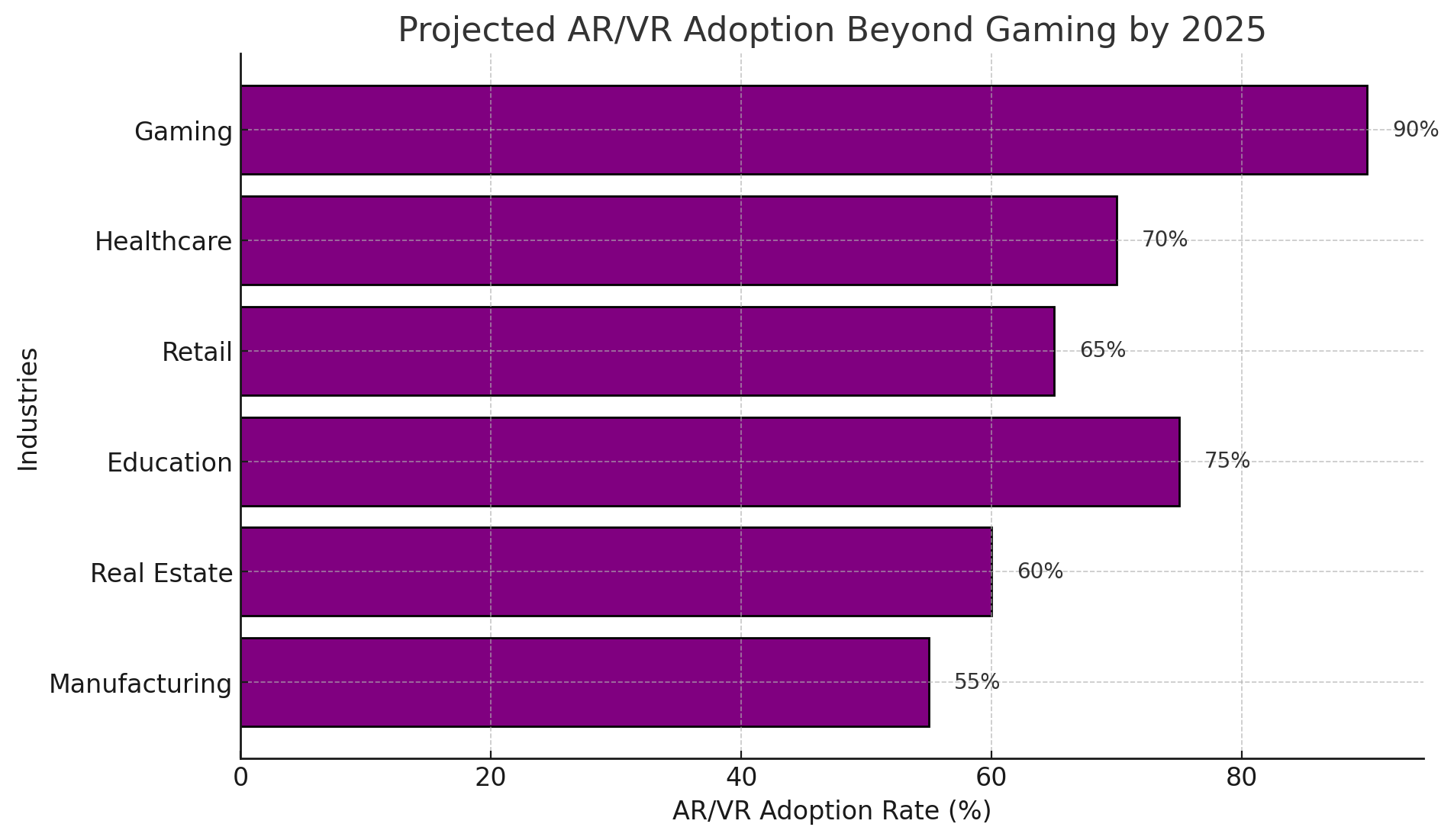
Example:
IKEA has already implemented AR in its mobile app to allow users to visualize furniture in their homes before making a purchase. By 2025, expect more businesses to adopt AR to enhance customer experiences and improve decision-making.
6. 5G and Edge Computing for Real-Time Development
The rollout of 5G networks and the rise of edge computing will enable faster data transmission, improved latency, and better performance for real-time applications. Edge computing involves processing data closer to the data source, reducing reliance on centralized cloud servers and minimizing latency.
Key Areas of Impact:
- IoT Expansion: 5G and edge computing will facilitate the growth of the Internet of Things (IoT) by enabling faster data processing for connected devices and enabling real-time analytics.
- Real-Time Applications: Industries like autonomous vehicles, smart cities, and remote healthcare will rely on 5G and edge computing for faster and more reliable data transmission.
Example:
Tesla uses 5G technology and edge computing for its autonomous vehicles, enabling real-time data processing for safer driving. As 5G becomes more widespread, expect more applications like this to emerge.
Conclusion: The Road Ahead for IT Development
The future of IT development is incredibly exciting, with groundbreaking technologies set to shape how we build, deploy, and experience software. As we approach 2025, AI, cloud-native development, blockchain, quantum computing, AR/VR, and 5G will be the cornerstone of IT innovation. Businesses and developers who embrace these technologies will gain a competitive edge, driving faster, more efficient, and more secure software solutions.
While challenges remain in implementing these advanced technologies, the potential rewards are immense. Organizations that keep an eye on these emerging trends and integrate them into their development strategies will be well-positioned to lead in the next generation of IT innovation.
FAQs
AI will automate many aspects of IT development, from code generation to testing and debugging. It will also enable smarter decision-making by providing predictive analytics, helping developers optimize performance and solve complex problems faster.
Quantum computing will have a significant impact on industries such as pharmaceuticals (for drug discovery), finance (for complex financial modeling), and cybersecurity (for advanced encryption methods). It will solve problems that traditional computers cannot handle efficiently.
Blockchain will be used to create secure, decentralized applications beyond cryptocurrencies, particularly in finance (DeFi), supply chain management, healthcare, and digital identity verification. It will provide transparency, security, and efficiency to a variety of business operations.
AR and VR will enable more immersive development environments, including virtual prototyping and real-time collaboration across remote teams. These technologies will also enhance user experiences, especially in industries like retail, healthcare, and education.
